As parents, we often hear about the importance of giving children the freedom to play and explore their world. However, there is a subtle but significant difference between free play and free learning from the perspective of a self-didactic approach. Let's explore what sets these two concepts apart.
Free play is best known as unstructured and spontaneous playtime that allows children to explore their surroundings and engage in imaginative play. It allows children to explore their interests and creativity, develop social skills, and build self-confidence. An advocate of this approach that has gained widespread attention in recent years is Peter Gray. Gray promotes play that is unstructured and that is not directed by adults. During free play, children are free to explore, create, and imagine in their own way, without being restricted by rules or expectations.
Free play is best known as unstructured and spontaneous playtime that allows children to explore their surroundings and engage in imaginative play. It allows children to explore their interests and creativity, develop social skills, and build self-confidence. An advocate of this approach that has gained widespread attention in recent years is Peter Gray. Gray promotes play that is unstructured and that is not directed by adults. During free play, children are free to explore, create, and imagine in their own way, without being restricted by rules or expectations.
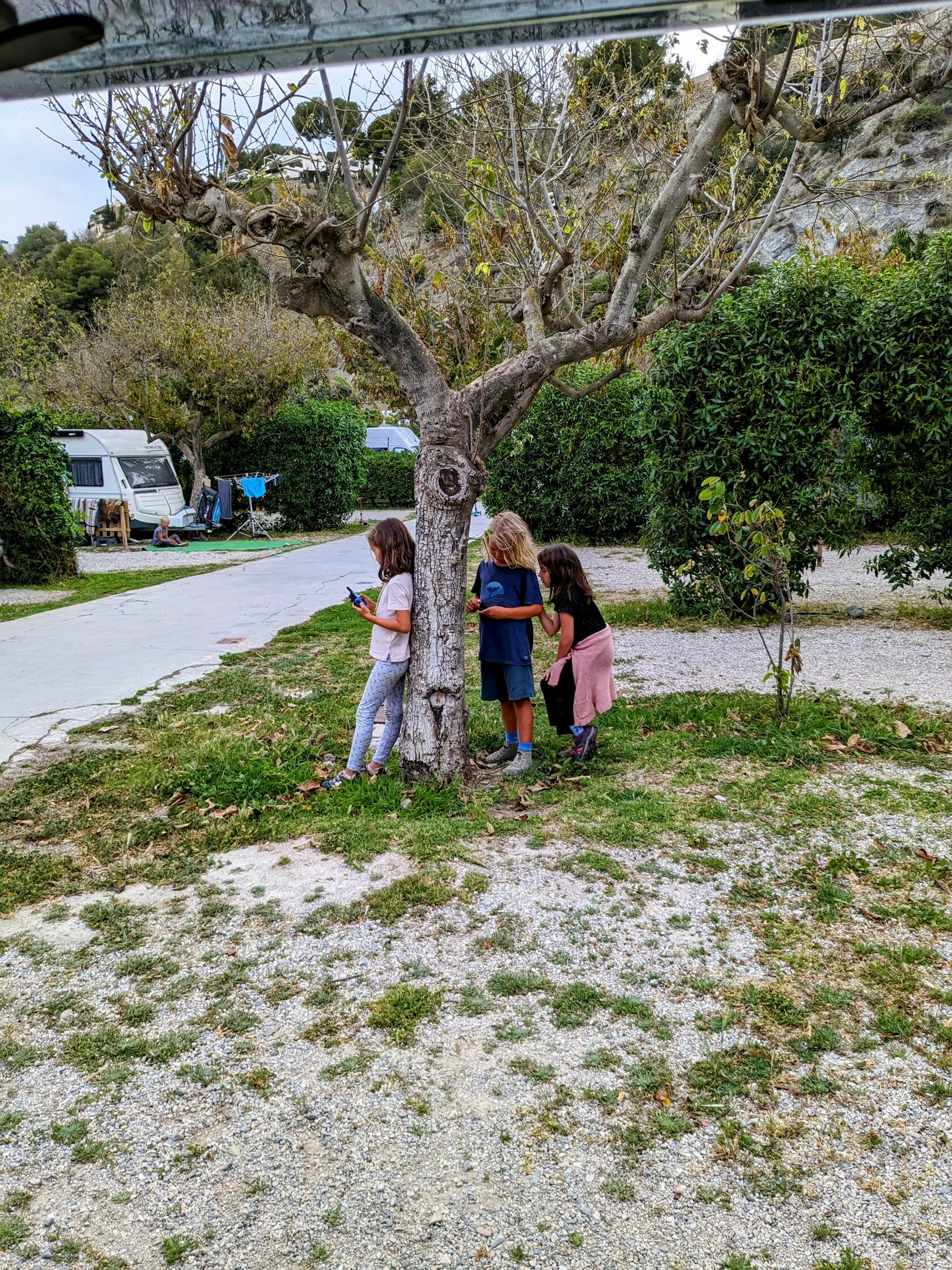
As an advocate of free play, Peter Gray developed free learning, which is a form of self-directed learning that emphasizes the role of learners in shaping their learning experience on their own. This approach is about facilitating children with unrestrained liberty to pursue their interests, without any constraints on what they learn or how they learn it; it involves learning by doing and by children following their natural curiosity, allowing them to learn through real-life experiences and exploration. Free learning is focused on encouraging children to take ownership of their learning, in terms of choice and autonomy, and to explore topics that interest them. One of the key aspects of this form of learning is that it allows for open-ended exploration and discovery without a predetermined outcome.
Cultivating the Magic of Free Play and Learning in Our Children's Everyday Adventures
Free Play
- Encourage children to play both indoors and outdoors. This allows them to explore and experiment in different environments and engage in imaginative play.
- Provide children with open-ended toys such as blocks, cardboard boxes, and art supplies, allowing them to use their creativity and imagination.
- Organize playdates with friends and peers of different ages and backgrounds. This is where children learn to interact with others, practice teamwork, and engage in collaborative play.
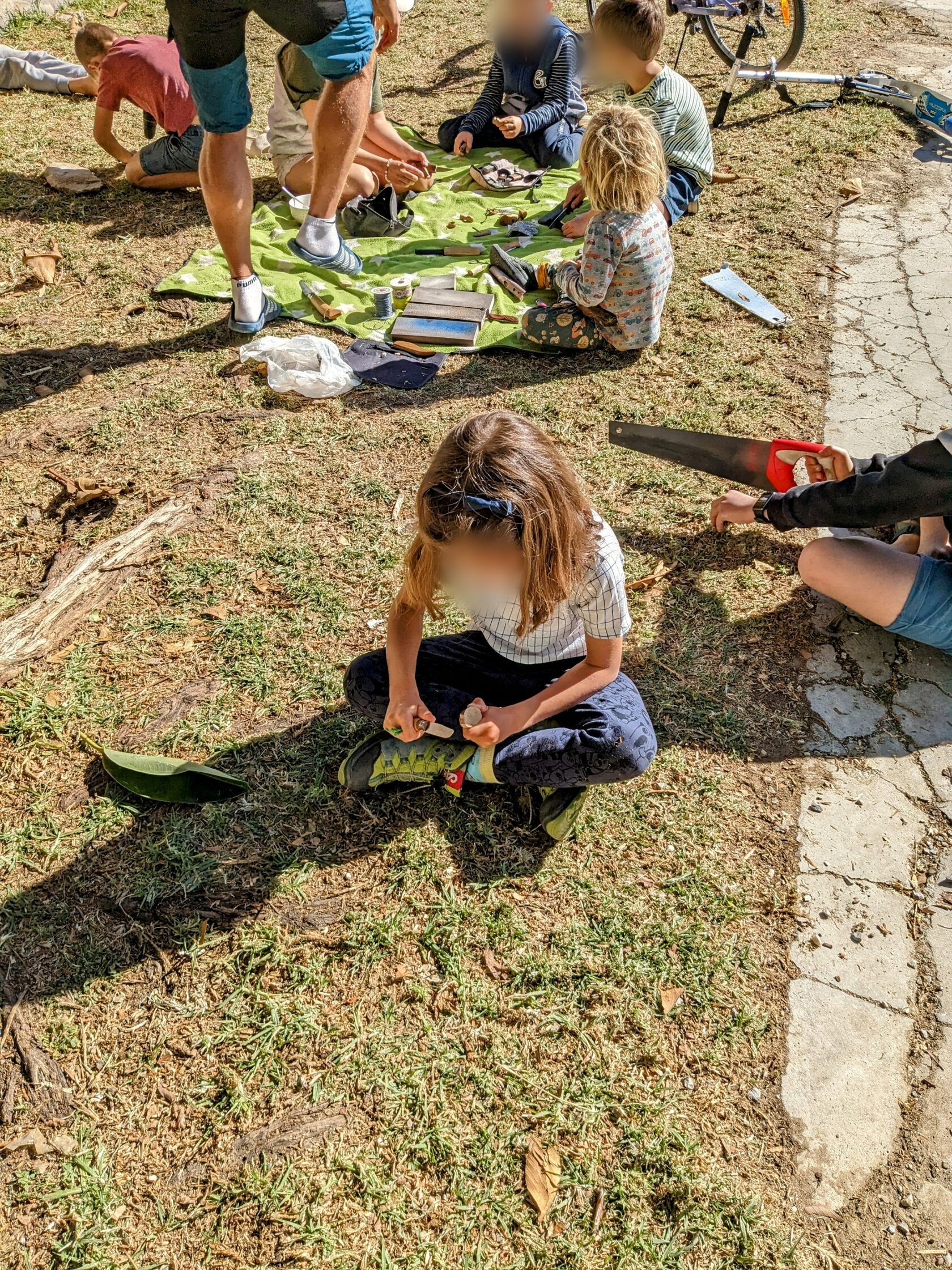
- Don't interfere in their play, but observe from a distance. This allows children to learn and grow independently, without feeling pressured or directed by adults. Make an exception and intervene if they seem to be stuck in a particular struggle and cannot solve it, or if they ever resort to verbal or physical aggression.
- Allow children to engage in risk-taking behavior, such as climbing trees or exploring new environments. This helps them develop confidence and self-esteem. Parents can support this process by providing a safe and nurturing environment that allows children to take risks and make mistakes that they can learn from. This might involve encouraging outdoor play and exploration, giving children the freedom to explore their interests and hobbies, and providing opportunities for them to take on new challenges and responsibilities.
Free Learning
- Provide a supportive environment: Creating an environment that supports curiosity, exploration, and experimentation can encourage children to engage in free learning. This means allowing for unstructured playtime, providing access to resources and tools, and encouraging children to pursue their interests.
- Foster intrinsic motivation: Intrinsic motivation is driven by internal factors such as personal interest, enjoyment, and a sense of autonomy. By allowing children to choose what and how they want to learn, we can help them develop intrinsic motivation, which is a key factor in fostering a love of learning.
- Provide children with access to a variety of books, educational resources, and technological tools that can support their interests and help them learn independently.
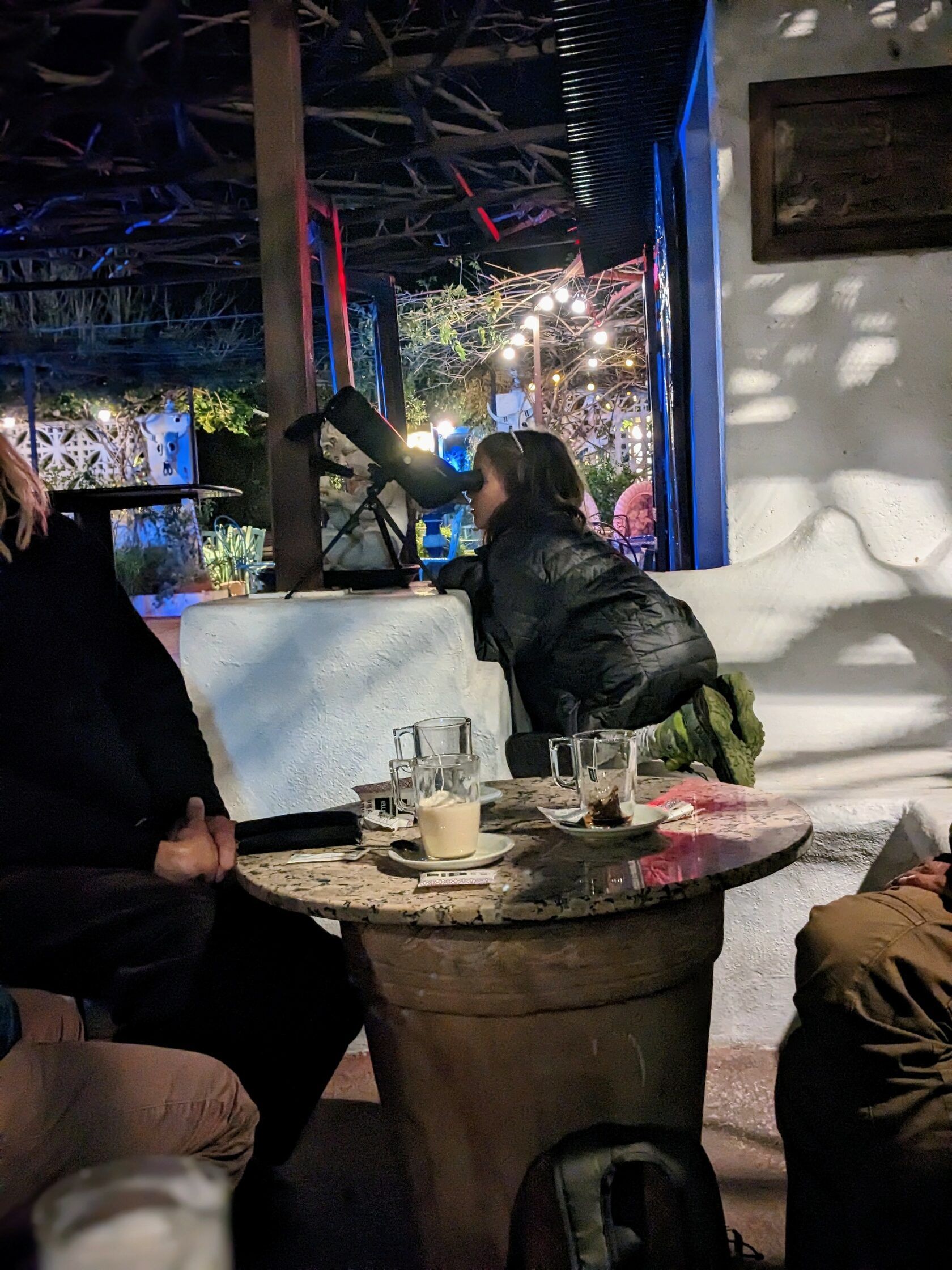
- Encourage collaboration: Collaborative learning experiences can enhance social skills, critical thinking, and problem-solving abilities. Encouraging children to work together on projects, share their knowledge and expertise, and learn from each other can promote a free learning approach that is focused on collaboration rather than competition.
- Model learning as a lifelong process: By modeling a love of learning and demonstrating how we continue to learn throughout our lives, we can encourage children to approach learning as a journey rather than a destination. This can involve sharing our own learning experiences, being open to new ideas and perspectives, and embracing mistakes as opportunities for growth.
Charting the Landscape: When Do Free Play and Free Learning Shine Brightest in Our Children's Journey?
- When children are facing significant emotional or mental health challenges, they may need additional support and professional intervention. In these cases, it may be more important to focus on building emotional resilience and providing support.
- When children are facing learning challenges or difficulties, they may need additional resources, guidance, and support to help them overcome these obstacles.
- When a child is in an unsafe environment such as a playground with broken equipment or a home with dangerous tools, then free play may not be safe or appropriate. In these cases, adult supervision and guidance are necessary to ensure the child's safety.
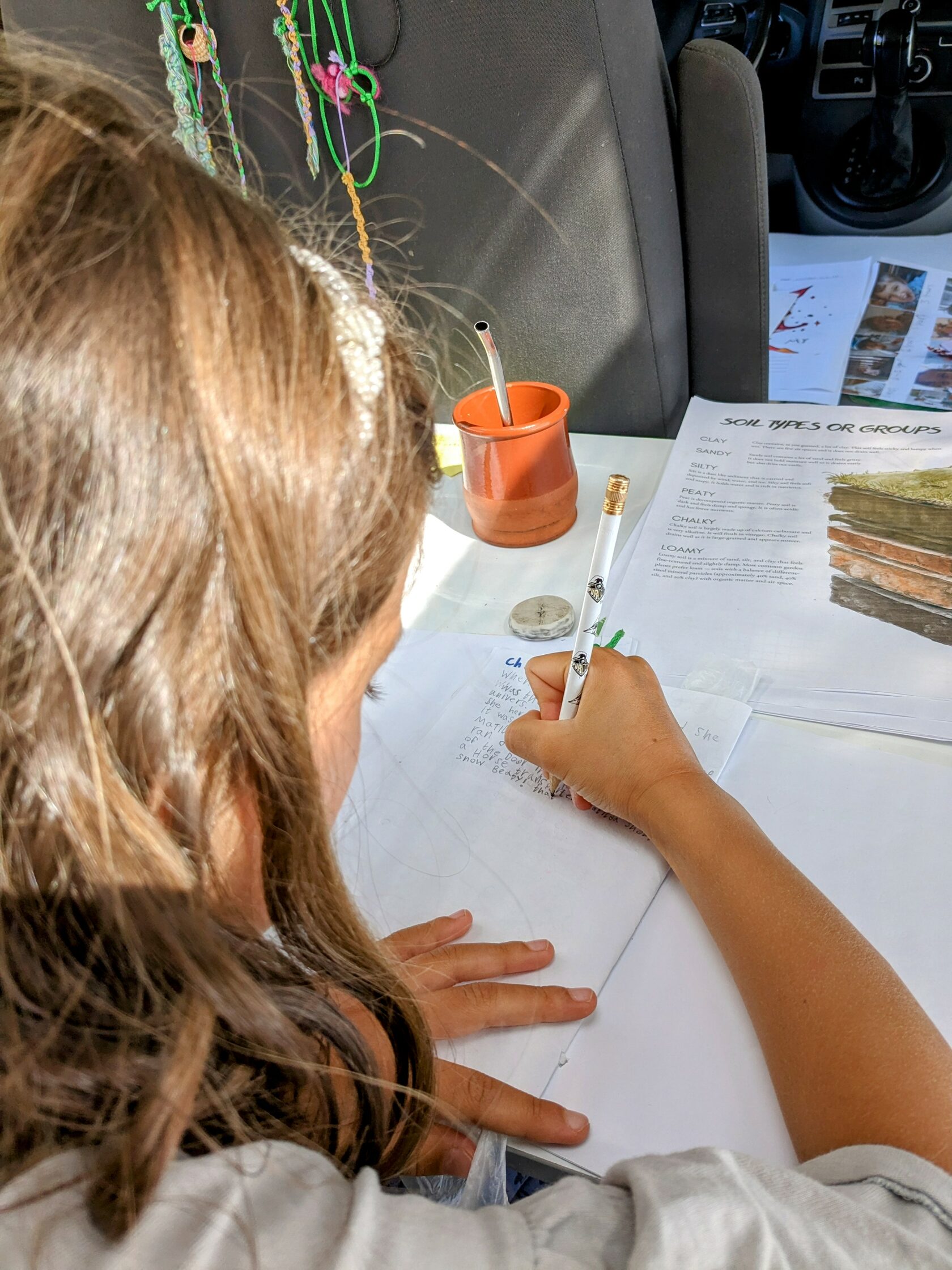
- When children need guidance and support from adults to acquire certain foundation skills or knowledge. For example, in subjects such as math, history, languages, or science, a child may need to learn specific concepts, terms, vocabulary, and formulas before being able to apply and practice them independently. In these cases, a free learning approach may not be sufficient, and additional support from a mentor or a guide may be necessary.
- When children do not have access to the resources or technology needed to pursue their interests and passions through free learning. For example, a child who wants to learn about photography does not have access to a camera or editing software to practice and develop their skills.
- In situations where there is a lack of opportunities for socialization or exposure to diverse perspectives, and where children are not provided with the tools to develop social and emotional skills needed to succeed in the real world.
A final important point to recognize is that not all children may respond equally to free play or free learning. Each child is unique, and what works for one may not work for another. It's important to be open to trying different approaches and finding what works best for your child.
- How can we embrace our child's uniqueness in their learning journey?
- In what ways might we adapt our approach to discover what truly resonates with them?
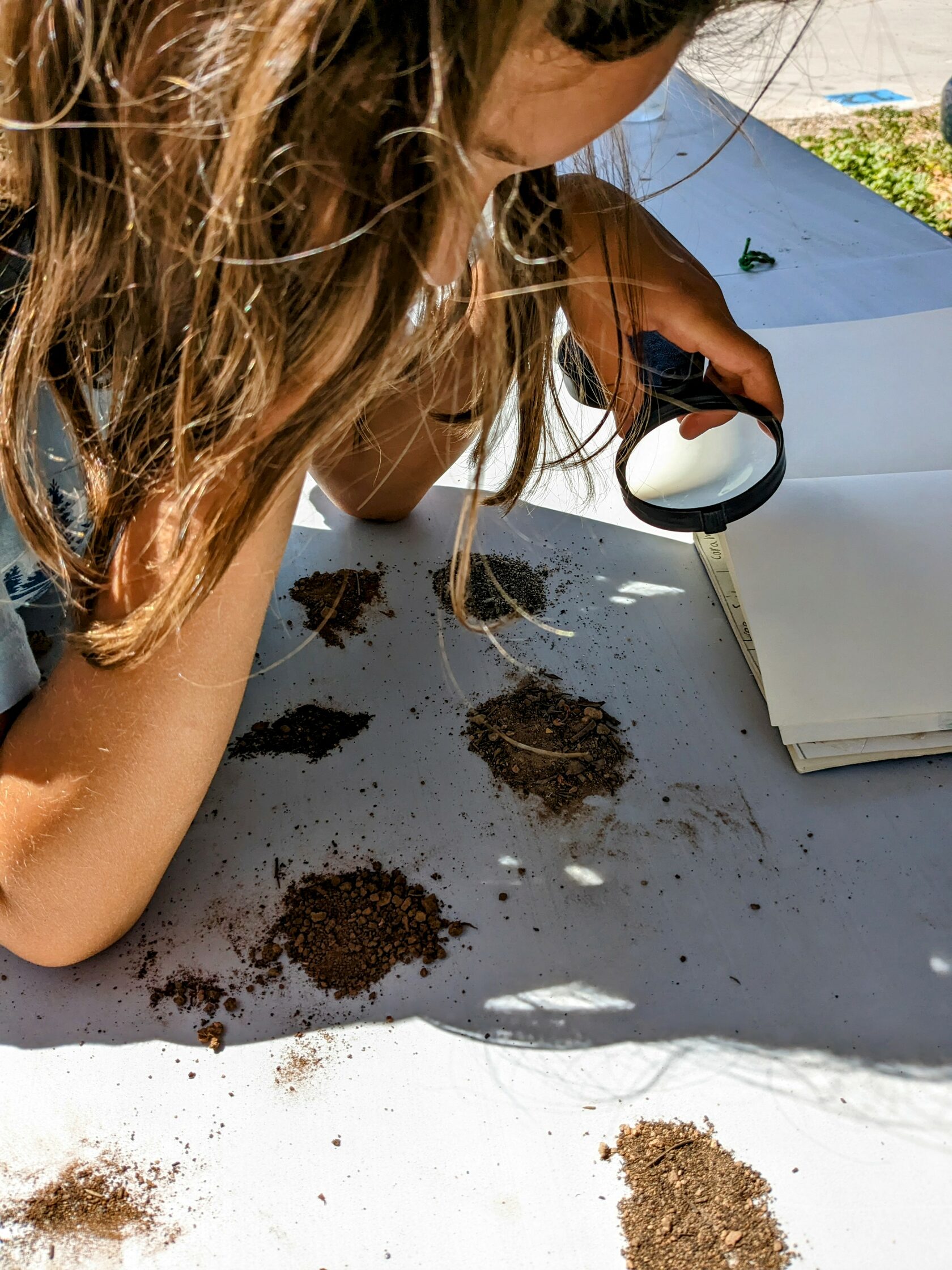
As parents, we have the power to support our children's growth and development through both free play and free learning. By providing a nurturing environment, fostering intrinsic motivation, and encouraging collaboration, we can help our children become lifelong learners who are confident, creative, and curious. However, we also need to be aware that there are situations in which free play or free learning may not be effective, and additional support and resources may be necessary. For example, when children are facing emotional or learning challenges or when they lack access to essential resources. As we navigate this journey with our children, it's important to remain flexible and open to trying different approaches to finding out how we can support our children's learning journeys.
- How can we best balance free play and structured support to nurture our children's unique learning journeys?
- In what situations might we need to adapt our approach to ensure our children have the resources and emotional support they require?
